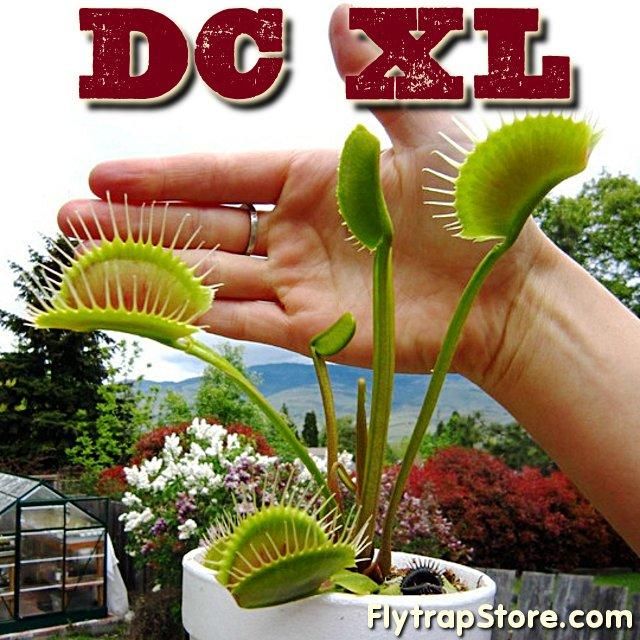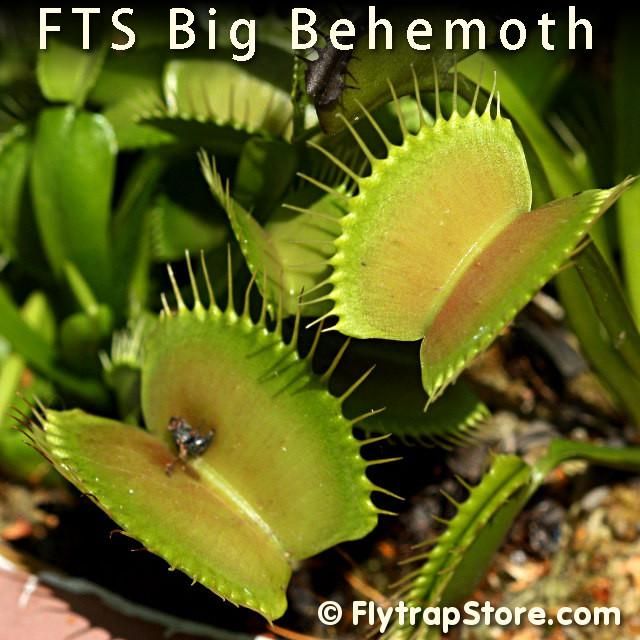
If you’re looking for a unique and interesting addition to your home or garden, consider getting a Venus Fly Trap. This carnivorous plant is not only a conversation starter but also a fascinating example of the natural world.
The Venus Fly Trap is native to the wetlands of North and South Carolina, and is one of the few carnivorous plants that have adapted to survive in the wild. This hardy plant generally grows in partial sun to full sun, with moist, nutrient-rich soil. As long as you provide it with the right environment, your Venus Fly Trap should thrive!
Basic Care for Venus Fly Traps
Caring for your Venus Fly Trap is relatively simple, but there are a few key things to keep in mind. First, the soil should be kept constantly moist but not waterlogged. If the soil is too dry, the leaves of the plant may start to brown. Make sure to water your Venus Fly Trap with distilled water or rain water as tap water can contain minerals that can build up in the soil over time.
Your Venus Fly Trap should also be exposed to plenty of bright light, but not direct sunlight. Too much direct sunlight can cause the leaves to burn. Aim for indirect bright light or a few hours of direct sunlight each day.
You should also fertilize your Venus Fly Trap sparingly. Too much fertilizer can burn the roots of the plant. A general rule of thumb is to fertilize your Venus Fly Trap once a month with a dilute solution of fish emulsion or a specially formulated carnivorous plant fertilizer.
Feeding Your Venus Fly Trap
Perhaps the most fascinating feature of the Venus Fly Trap is its ability to “trap” and “eat” insects. This is an essential part of the plant’s survival in the wild and it is also necessary for the health of the plant in captivity. When an insect lands on the trap and triggers the “trap”, the plant will close its leaves around the insect and secrete digestive enzymes to slurp up its nutrients.
In the wild, Venus Fly Traps feed on a variety of insects, such as spiders, centipedes, and flies. In captivity, you will need to feed them small insects such as fruit flies or small crickets. If you’re not comfortable with the idea of feeding live insects, you can also purchase freeze-dried insects.
You should only feed your Venus Fly Trap when it has fully opened its “trap”. You should also only feed the plant one or two insects per month. Overfeeding can cause the plant to become unhealthy and stunt its growth.
Potting and Repotting
When you first get your Venus Fly Trap, it is important to pot it correctly. Your Venus Fly Trap should be planted in a terracotta pot with a hole in the bottom for drainage. The soil should be a mix of peat and sand, such as a 50/50 mix. The pot should be filled to the brim and the plant should be planted with the rhizome (the root ball) slightly below the surface of the soil.
Your Venus Fly Trap should be repotted every two to three years. When it is time to repot, choose a pot that is slightly larger than the previous pot, and fill it with fresh soil. Gently remove the plant from the old pot and place it in the new pot. Make sure to pack the soil firmly around the rhizome and water the plant thoroughly.
Common Problems with Venus Fly Traps
One of the most common issues with Venus Fly Traps is root rot. This is caused by overwatering or having waterlogged soil. If you notice that your plant’s leaves are turning yellow or brown, or the roots are soft and mushy, it is likely that your Venus Fly Trap has root rot. To fix this, you will need to repot the plant in fresh soil and make sure to keep the soil moist but not waterlogged.
Another common issue is shock. This can happen when you first get your Venus Fly Trap, or if you move it to a different environment. Shock is usually characterized by slow growth, yellowing leaves, or a lack of response to stimuli. To help the plant recover, make sure to keep the soil moist and provide plenty of bright, indirect light. You should also avoid feeding the plant until it has fully recovered.
Conclusion
The Venus Fly Trap is a unique and fascinating addition to any home or garden. With the right environment and care, your Venus Fly Trap can thrive and provide you with years of enjoyment. Just make sure to keep the soil moist, provide plenty of light, and feed sparingly.
Images Related to Venus Fly Trap Large:
B52 Venus Fly Trap For Sale | Buy Venus Flytrap For Sale | Dionaea

Venus Fly Trap Live Plant - Fully Potted - The Killer Plant Company

FTS Big Behemoth Venus flytrap
